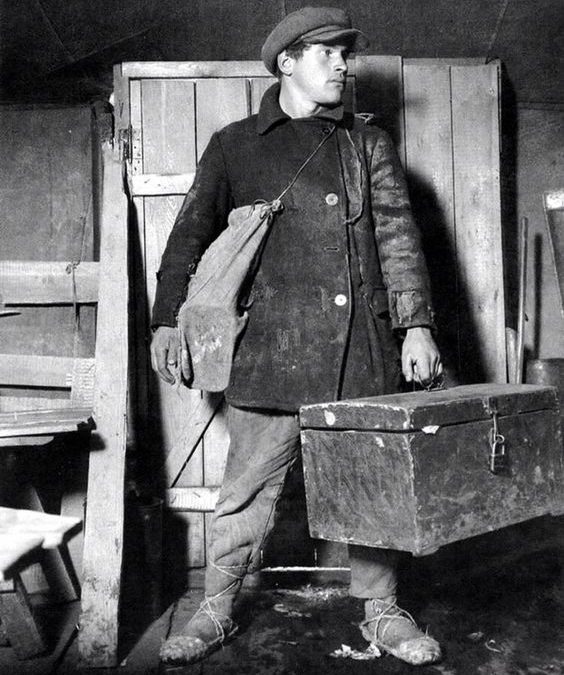Congratulations, you’ve bought your first RV! Now what? Surely there are some things, gizmos, and equipment not included with your RV, right? Right.
Whether your RV is new, from a dealer, or bought second-hand from a previous owner, you’re going to find out — quick! — that there are just some critical things that you need to acquire. A used RV may come with some of these already, but even in that case, it’s not a bad idea to start fresh with equipment that is new and ready to go.
Most new RVs come with a complimentary sewer hose and bayonet-style fitting that goes into the ground sewer hole. But you’ll find these are just basic “starter” types and most likely too short. And if you bought your RV used and it comes with a sewer hose, well, we’ll stop right there and just say throw that out and get a new one!
Here’s what every new RVer should have in their “poopy dump” kit (we keep ours in a plastic utility container, along with similar containers holding our electrical cords and another for our freshwater needs). It probably goes without saying, but NEVER store waste and fresh freshwater equipment together.
Sewer hoses. We like the Valterra Dominator brand and you can get a new 20′ hose here from Amazon. The Dominator is super rigid, durable, and made with 23 mil plastic — some of the toughest stuff out there. It’s also a nice idea to have extension hoses — either a 10′ one (and) or a 20′ one. You never know how far some of those sewer hoses in the ground can be in some of those RV parks.
Sewer fitting. This is the 90-degree plastic fitting that you attach your sewer hose to one side and then the other goes into the hole to the RV park’s sewer system. Sometimes these come in a kit along with the sewer hose. You may want to consider getting a sandbag to keep the fitting and sewer hose securely down to avoid messes.
Backflush valve. Yes, your RV has an in-tank flushing system that rinses the inside of the black tank (oddly, no gray tanks have these). It does a fair job of keeping the inside of the black tank wet and can even help move waste along if used while dumping your black tank. But what you need something that can flood your RV’s holding tanks and then quickly allow them to empty once 100% full — that “tornadic” action of whirling water that pulls out sticky waste, clingy toilet paper, and gunk sitting in tank corners.
The Valterra Flush King is just the piece of equipment up to the task. Use this after every other tank flushing (on both your black and gray tanks) and you’ll eliminate 90% of the problems we see when cleaning RV tanks (slow-draining tanks, mounds, and build-up, odors, sensors misreading). You attach this between your RV’s sewer pipe (the heavy plastic one that comes out of your RV tanks, next to or close to the tank pulls) and that nice, new sewer hose we talked about before. It has a gate valve with it, so you can just leave it open when you are emptying your tanks, then close it and use the garden hose attachment to quickly fill your tanks up.
Fittings, adaptors, and pipes. It’s always nice to have a collection of clear, plastic acrylic pipes and angled fittings or adaptors. You never know when you have to do some “creative plumbing” with your waste hookups. A good selection should include a 3.5″ straight, 10″ straight
, 45-degree elbow
, and 90-degree
elbow. We’ve linked the mentions of these to Amazon.com so you can order them all there.
Safety equipment. No one would handle waste — not even your own — without gloves, right? We like the double-glove method, where you use the thinner, latex gloves (that almost everyone uses alone) first and then a pair of longer, rubber gloves that go up your arm a bit.
Why two pairs? The big rubber ones provide good protection from almost everything, but if you want to grab something (a tool, the dump valve pull, a hose), you don’t want to risk contaminating it with whatever may be on the rubber gloves. Just peel those off and you still have the thinner pair protecting your hands!
We always recommend a filtering mask and even a pair of eyeglasses in case “stuff” splashes. You don’t want any of that in your body’s sensitive areas, like your eyes or mouth. The waste in your tanks is pretty bad stuff.
These few simple pieces of equipment are critical to RVing and new RV owners should become thoroughly familiar with the equipment needed. You might want to review our article on RV holding tanks to learn what you are getting into and the proper process for emptying and maintaining those tanks.

